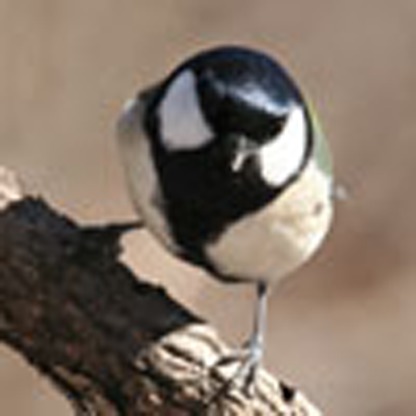- Record: found
- Abstract: found
- Article: found
Experimental evidence for compositional syntax in bird calls

Read this article at
Abstract
Human language can express limitless meanings from a finite set of words based on combinatorial rules (i.e., compositional syntax). Although animal vocalizations may be comprised of different basic elements (notes), it remains unknown whether compositional syntax has also evolved in animals. Here we report the first experimental evidence for compositional syntax in a wild animal species, the Japanese great tit ( Parus minor). Tits have over ten different notes in their vocal repertoire and use them either solely or in combination with other notes. Experiments reveal that receivers extract different meanings from ‘ABC' (scan for danger) and ‘D' notes (approach the caller), and a compound meaning from ‘ABC–D' combinations. However, receivers rarely scan and approach when note ordering is artificially reversed (‘D–ABC'). Thus, compositional syntax is not unique to human language but may have evolved independently in animals as one of the basic mechanisms of information transmission.
Abstract
 Animal vocalizations contain distinct elements, but it is not clear whether they convey
combined meanings in the same way as human speech. Here, Suzuki
et al. show that Japanese great tits can combine different elements of vocal signals so
that they have compositional syntax.
Animal vocalizations contain distinct elements, but it is not clear whether they convey
combined meanings in the same way as human speech. Here, Suzuki
et al. show that Japanese great tits can combine different elements of vocal signals so
that they have compositional syntax.
Related collections
Most cited references32
- Record: found
- Abstract: found
- Article: not found
Allometry of alarm calls: black-capped chickadees encode information about predator size.
- Record: found
- Abstract: found
- Article: not found
Language evolution: semantic combinations in primate calls.
- Record: found
- Abstract: not found
- Article: not found